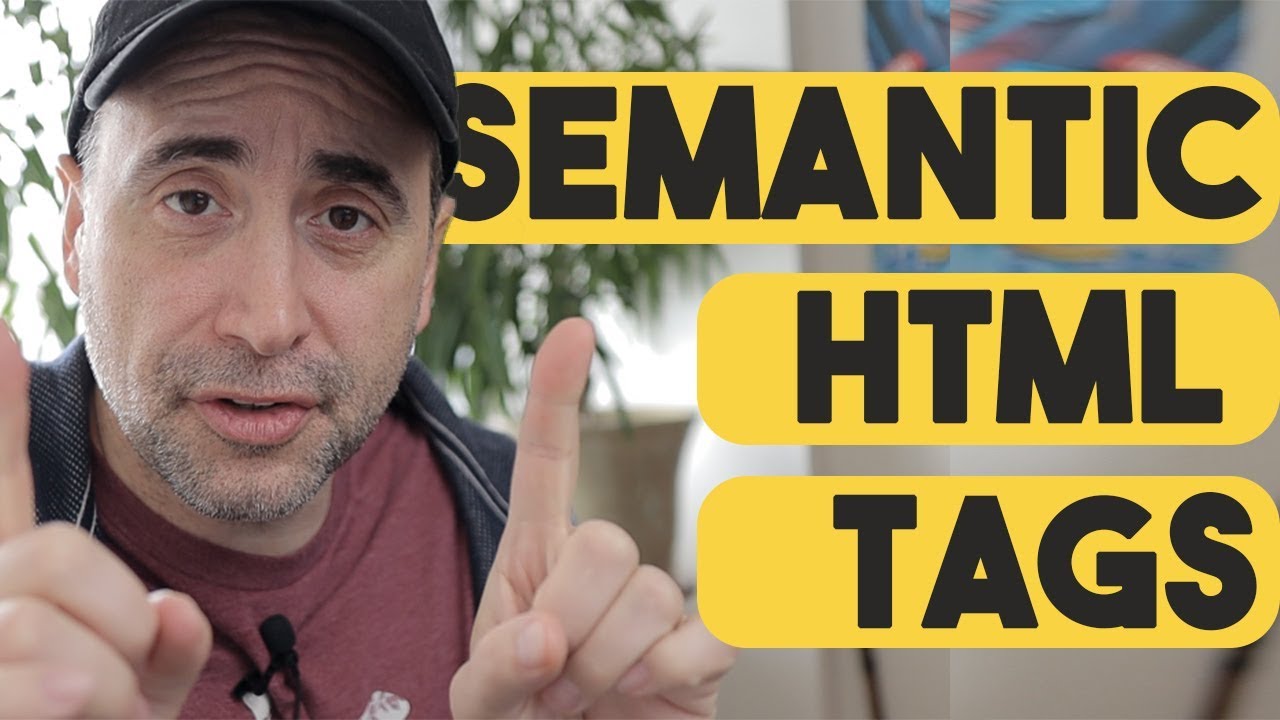Stefan Mischook
Answering a basic question about HTML5 and semantic tags. I go into the difference between HTML4 classic formatting tags, vs modern HTML5 interpretation of semantic tags.
A little history in HTML will give you a greater insight into the markup language (HTML5) and make you a better web designer and developer.
My popular courses:
Learn web design and development fast: https://shop.killervideostore.com/
Learn Python 3 fast: http://www.killervideostore.com/python/
My business courses:
Complete Freelancer: https://www.killervideostore.com/freelancer
Complete Entrepreneur: https://www.killervideostore.com/video-courses/complete-entrepreneur.php
My social links:
Instagram: https://www.instagram.com/stefanmischook/?hl=en
Twitter: https://twitter.com/killersites
Thanks!
Stef
#html5 #semantictags .
